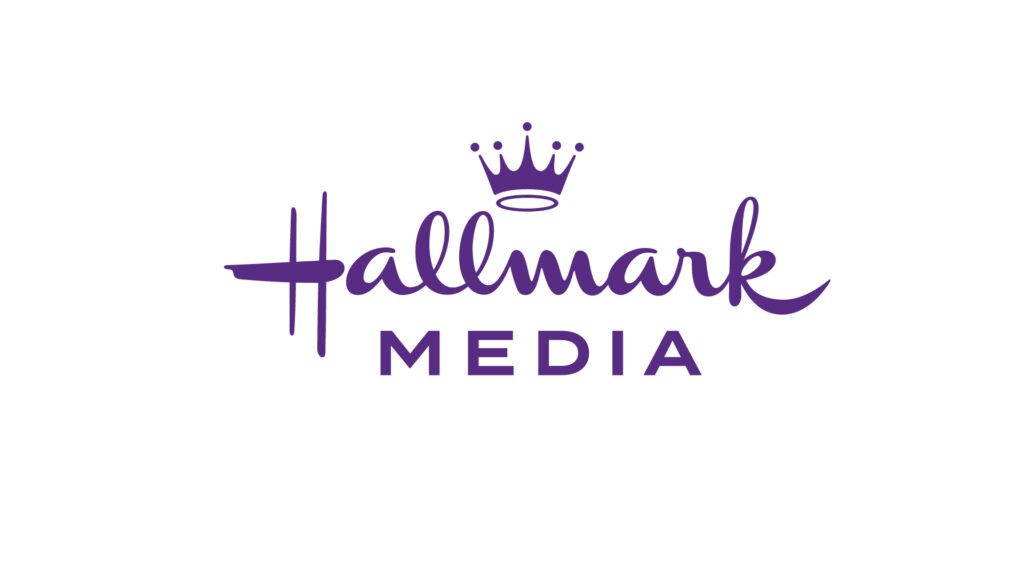 The 2020 presidential election, for all intents and purposes, is well underway. For lots of good reasons–fake news, deep fakes, toxic dialogs, higher than usual mudslinging–brands want to steer clear of it. It’s a wise strategy, as consumers increasingly monitor the politics of brands, and are quick to take action.
The 2020 presidential election, for all intents and purposes, is well underway. For lots of good reasons–fake news, deep fakes, toxic dialogs, higher than usual mudslinging–brands want to steer clear of it. It’s a wise strategy, as consumers increasingly monitor the politics of brands, and are quick to take action.
In July, the Daily Beast published a list of all the brands MAGA supporters should boycott, including Walmart. Why? Because a third-party seller on the Walmart sells baby clothes with the slogan, “Impeach 45.” Meanwhile, GrabYourWallet.org has published a list of 45 companies to boycott for their support for Trump, along with a script and the contact details of company representatives to make it easier for consumers to voice their objections.
It’s fair to say that never have Americans expressed their politics through their pocketbooks as they do in recent times. It’s also fair to say that brands will find it increasingly difficult to stay clear of the fracas by advertising in non-biased channels.
But steering clear of highly-biased sites will be no easy feat. To begin, sites one would assume have nothing to do with politics may very well be extremely political, thanks to members who bring their views to the forum. Take Ravelry, a site that caters to people who like to knit and crochet. This summer its management team issued a statement saying it will no longer allow political comments.
Second, even if you maintain a blacklist of highly-biased sites to avoid, there’s no guarantee your ads won’t appear on them, especially if you rely on ad networks or purchase inventory via open ad exchanges. The industry hasn’t solved the transparency problem.
Third, social media channels, which are key for app developers’ UA campaigns, are fundamentally unsafe environments for brands. Recently, Mark Zuckerberg said that Facebook wouldn’t even try to ban political ads that are patently false, stating in a Congressional hearing that if a candidate is lying, voters will want to know about those lies. Twitter said it would ban all political ads, but that’s no guarantee of brand safety if your ad appears next to a Tweet that calls for building the wall or jailing all billionaires. To my mind, it’s an open question as to whether app developers should advertise in social media next year.
What Can Brands Do?
Since no brand can afford to put all advertising on hold from now until the end of 2020, my recommendation is to accept this reality, and beef up your defenses. For instance:
- Update and scrub your whitelists and blacklists. Spend some time and effort identifying publications and channels whose audience aligns with yours and meets your brand safety requirements. Look beyond editorial content and examine readers’ comments. Do they bring up politics when it’s not germane to the article itself? Do they gang up on readers who have different views? If so, consider scratching it off your list.
- Update–and test–your keyword exclusion list. If you want to avoid the election altogether, you’ll need to review your keyword exclusion list regularly. Are they performing as anticipated? You may also want to consider excluding inherently political keywords like “impeachment,” or “caucus” or “superdelegate.”
- Demand radical transparency. If an ad network or partner can’t tell you exactly where your ads will be placed, scratch it off your media list. Granted this partner may have delivered great results for you in the past–or was just a pretty good way to spend down your media budget–but the stakes will be higher in 2020. The country is split 50/50, and if your ad appears on any side of the political divide, you can lose customers and prospects. Worse, overnight you may find your brand the target of a Twitter meme demanding a nationwide boycott.
- Establish internal content moderators. You can have signed contracts promising your media partners will honor your blacklists and whitelists, but you may also want to verify for it yourself. Consider hiring (or redeploying existing employees) content moderators to look for instances where your brand’s safety is jeopardized.
- Prepare now for potential problems. Despite your best efforts, you may be unfortunate enough to be the center of a political fray. Don’t wait until such an event occurs. If your goal is to steer clear of politics, and respect all opinions, state as much on your website. Explain the steps you take to ensure your ad dollars don’t go to hate sites or fund hateful content. It just may help some of the people who come to your site to understand that accidents happen.
- Stand your ground. Okay, it’s a politically charged phrase, but the truth is, some brands want to take a stand on politics and issues, even if that means losing some of their customers. That’s your right to do so. Just don’t cry foul if you end up with a lot of critical media attention. Take the time up front to understand the consequences of weighing before you weigh in.
- Amp up affinity partnerships. Second-party data exchanges–instances when two simpatico brands share customer lists in order to find net new audiences–may be an option worth exploring. This will allow you to advertise in extremely brand-safe environments.
- Look for alternatives to advertising. Finally, look for non-traditional advertising opportunities, like pre-loads for your app. In such cases, your app is pre-installed on phones, waiting for the user to discover it. It’s 100% transparent–you know where your is app is going and there’s no fraud to boot.
Anyone who reads the news knows as a country we are entering new territory. The 2020 election will be unlike any other in the nation’s history. Advertising won’t be exempt from turmoil, but with enough forethought and planning, your brand can weather the ride.
Matt Tubergen is Executive Vice President of Digital Turbine Media.
Other articles you might enjoy:
- ADT Brand Transformation Brings Evolution and Innovation
- Demanding Transparency: Six Ways to Combat Influencer Marketing Fraud
- Newsjacking Best Practices: Aviation Gin Hitches Ride on Peloton Controversy

 Network
Network

